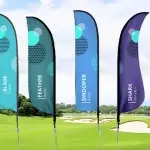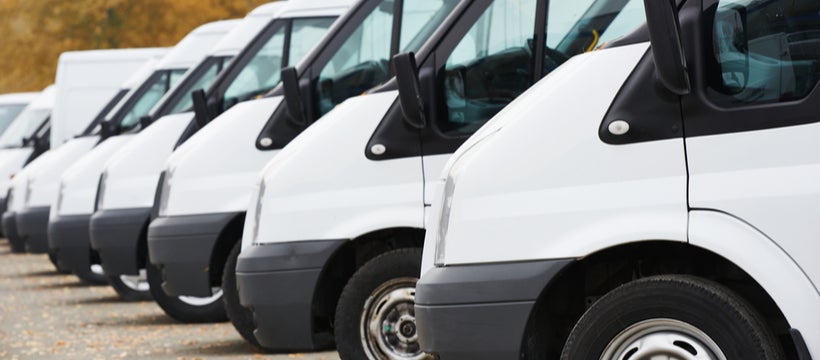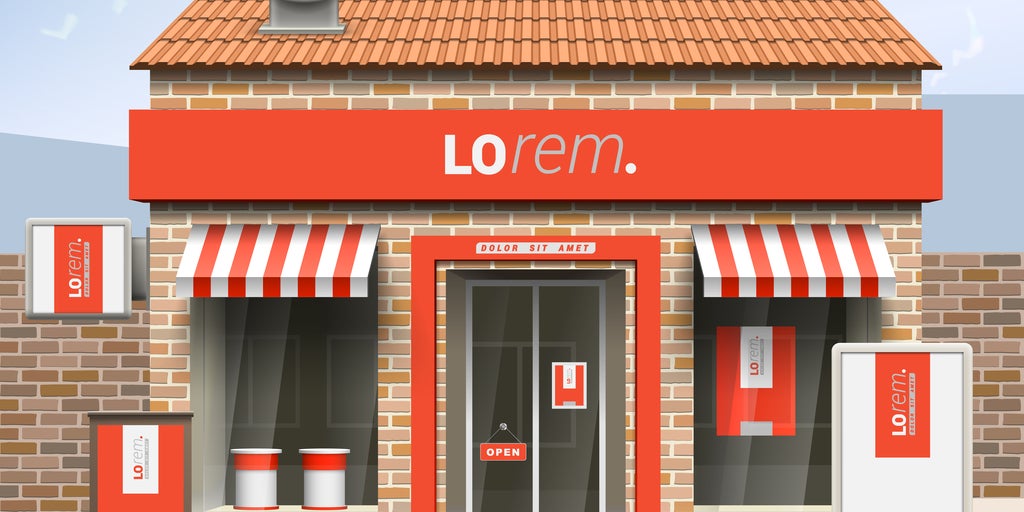Customizable, attractive, indoors or out, flags are an excellent way to get the word out about your business. But that doesn’t make them magic. Proper use of flags takes a good strategy; a strategy that begins at first purchase. If you’re in the market for some advertising flags, here are a few factors to keep in mind:
Type of Flags
Not all flags are created alike. Based on the shape, advertising flags are categorized as:
- Straight Flags: Straight flags or edge flags are similar to standing banner displays. They have flag poles that run along the side of the flag, while the bar at the top holds the banner in place.
- Feather Flags: Feather flags sport a sleek and aerodynamic design. The flag pole curves towards the top, while the banner curves at the bottom, presenting a sophisticated, feather-like shape.
- Blade Flags: Also known as teardrop flags, Blade flags feature an attractive, inverted teardrop design. This shape keeps the flag taut, making the message readable even in windy conditions.
- Mobile Flags: As the name indicates, mobile flags are used for marketing on the go. You will often see them in the form of car flags, bike flags, and even boat flags.
Fabric of Flags

Once you’ve decided on the shape, the next thing to consider is the banner’s material:
- Polyester: Polyester is the most commonly used fabric for printing flag banners. Polyester is a heavier material, presenting a stable, sturdy flag. Polyester flags have bright appearances, perfect for bold inks and custom prints.
- Nylon: Nylon is a lightweight and durable fabric that’s weather resistant. Unlike polyester, nylon’s light weight allows it to fly even in the slightest winds. While visually captivating, nylon can be a nuisance in high wind areas, where the fluttering can become disruptive. Much like polyester, nylon has a bright finish.
- Cotton: While uncommon, classical cotton flags are still common for indoor use. Cotton is heavier than nylon and polyester, and takes some extra care, especially outdoors.
Size and Height for Flags
Promotional flags come in a wide range of sizes. While the banners themselves vary in size, the flag poles can also offer a certain degree of flexibility in adjusting the flag height.
The best way to decide on the flag size is by factoring in the venue. Outdoor events with far away guests call for larger flags, while smaller indoor flags are perfect for decorating a table. Likewise, a flag’s measurements aren’t the only factor in your banner’s real estate for material: different shapes will limit the size of your designs.
Don’t feel limited by standard sizes. Reliable vendors offer custom flags with specific dimensions to meet niche requirements.
Printing of Flags

When it comes to printing, you have the option to choose between a single-sided or a double-sided, giving you the option to print on one side or both.
Single sided flags are more cost effective, but best positioned in areas where only one side matters; such as near a wall. Double sided flags have two panels of material, positioned back to back. As a result, the message on the flag can be read from either side, making it useful for applications where the viewers may come from either angle.
Placement of Flags
Banners are only one half of the equation: it’s important to consider how you’re grounding the flag. While you can always swap out one base for another, it’s important to know which bases function best in different environments.
For indoor use, a flagpole base such as a collapsible cross base, promoting easy movement while granting stability in high-traffic areas. For outdoor usage, you are best suited to anchor your flagpoles, using a soft surface such as grass or sand. On hard outdoor surfaces, heavy-duty water bases can hold the flag in place, keeping the flag steady and stable.




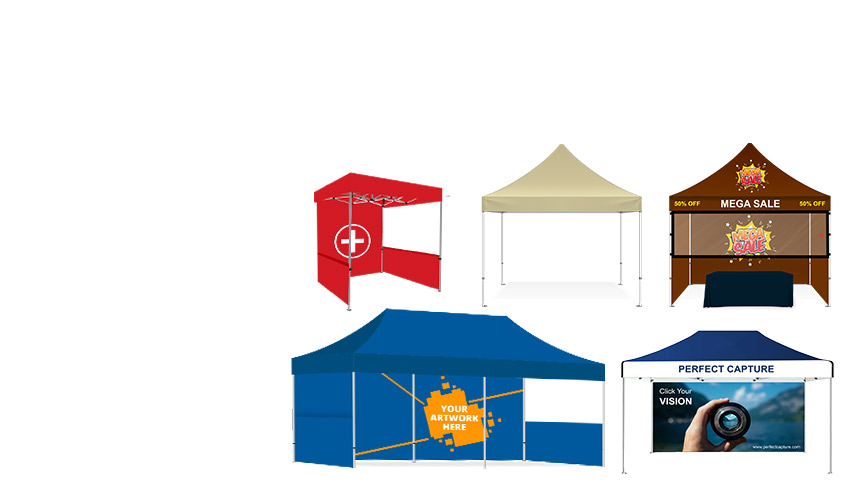





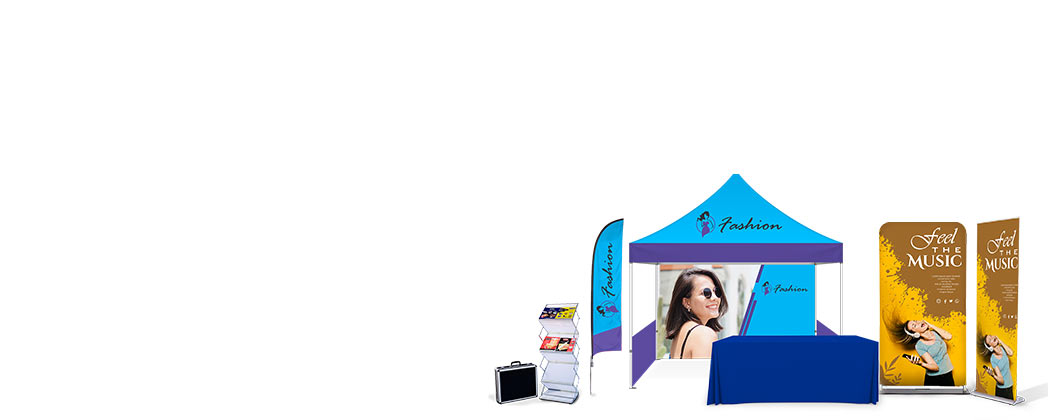




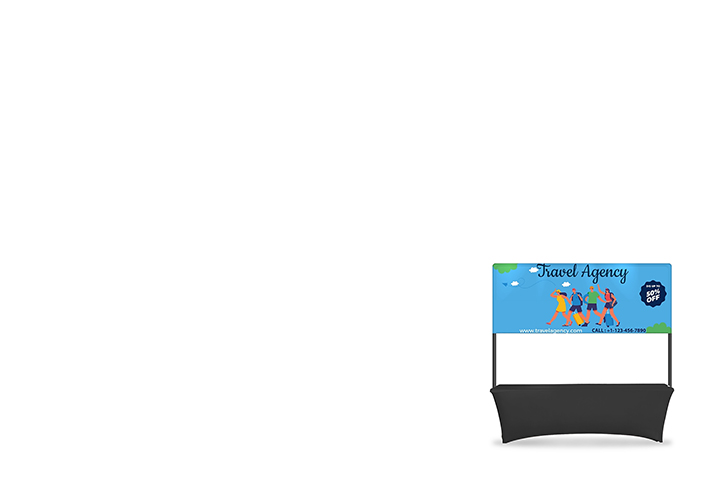













 Posted in
Posted in 
